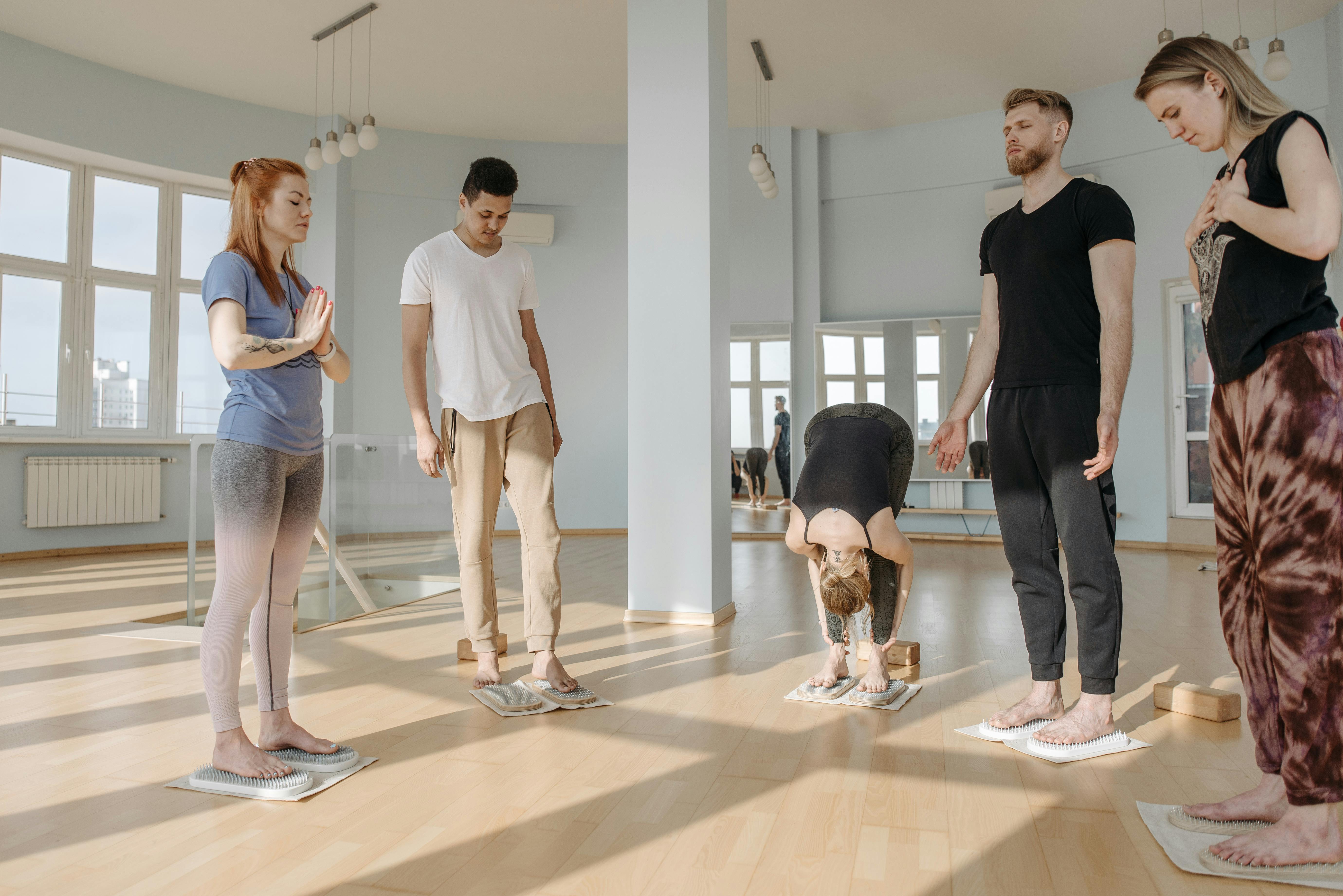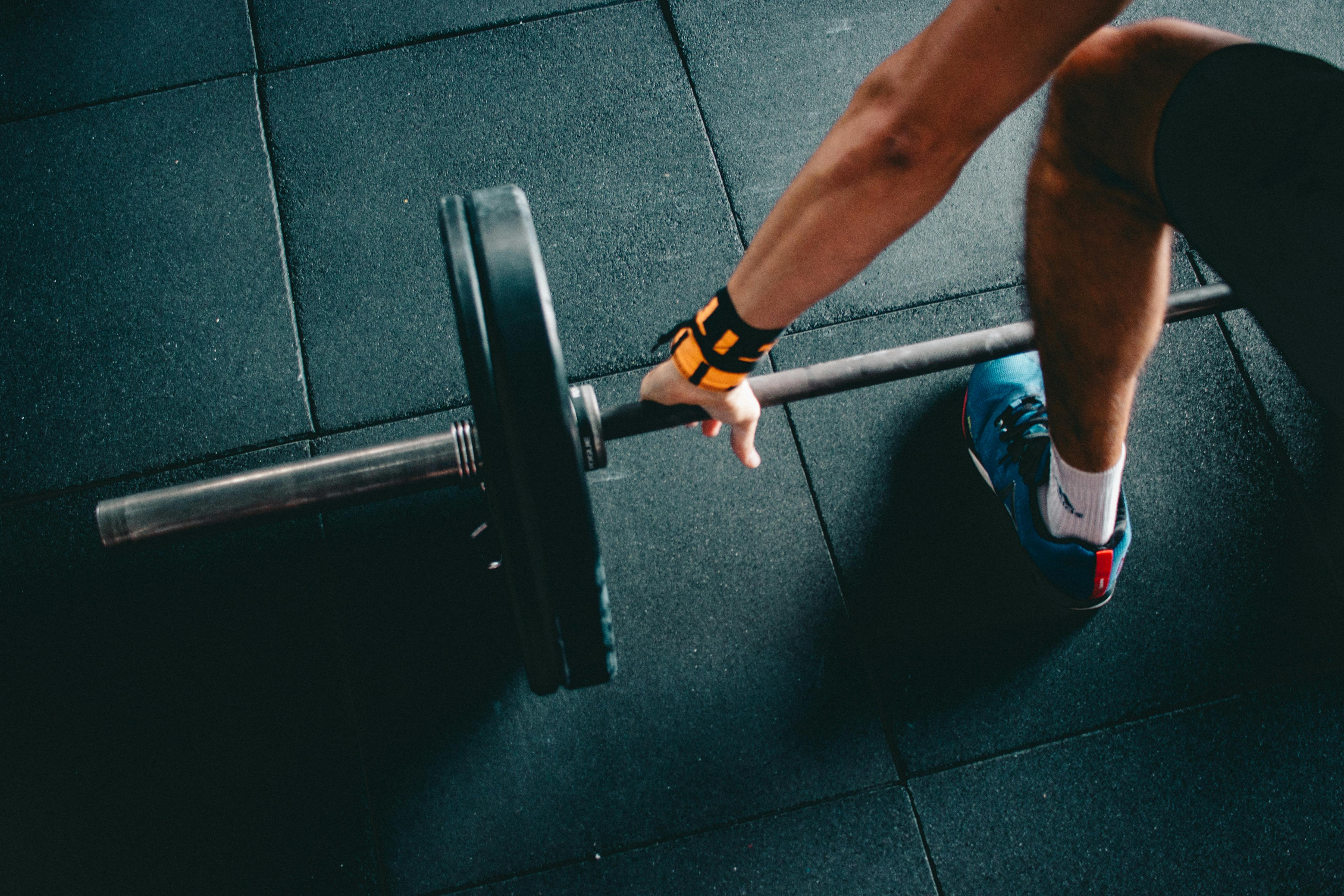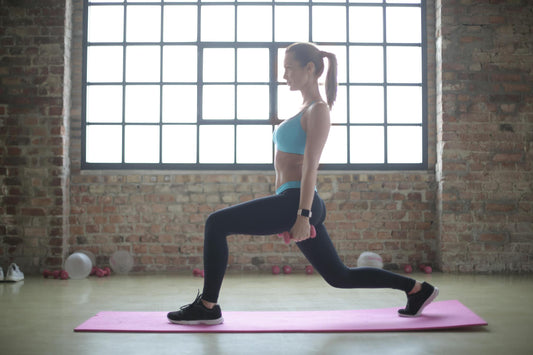
Starting an exercise routine can feel overwhelming, especially if you're new to fitness. With so many terms and technicalities thrown around, it's easy to get lost in the jargon. But don't worry! We're here to break it down for you in a simple, friendly way that'll help you understand exactly what you need to do to start seeing results.
Think of exercise as a toolbox filled with different tools, each designed to improve specific aspects of your health and fitness. Some tools focus on building strength, others on improving heart health, and still others on increasing flexibility. By using these tools consistently and strategically, you can create a balanced fitness program that works for your unique goals and needs.
To help guide you through this process, we've consulted with exercise specialist Ben Kuharik and reviewed several scientific studies to provide you with clear, actionable advice. Whether you're aiming to lose weight, build muscle, or simply feel better in your everyday life, understanding the different types of exercise is the first step toward achieving your fitness goals.
The Foundation of Fitness: Understanding the Core Types of Exercise
When it comes to exercise, there are five main categories that form the foundation of any effective fitness program. While some sources might present these categories slightly differently, they all essentially cover the same core principles. For example, the National Institute on Aging organizes exercises into four main groups: endurance, strength, balance, and flexibility, as highlighted in their guide Exercise & Physical Activity: Your Everyday Guide.
Kuharik explains that these categories are just different ways of describing similar concepts. "At their core," he says, "they all aim to improve various aspects of physical function and overall health." So instead of getting caught up in the terminology, focus on incorporating activities that address each of these key areas.
By understanding these fundamental categories, you'll be better equipped to design a workout plan that addresses your specific needs and goals. But before we dive deeper into each type of exercise, let's explore why variety is so important in your fitness routine. Mixing up your workouts not only keeps things interesting but also ensures you're working all major muscle groups and systems in your body.
Building Strength: The Power of Resistance Training
Resistance training is one of the most effective ways to build muscle, improve endurance, and enhance overall physical performance. This type of exercise involves creating tension in your muscles by opposing a force, whether through weights, resistance bands, or even your own body weight. Imagine trying to push against a wall – that sensation of effort you feel is essentially what resistance training is all about.

Victor Freitas // Pexels
Kuharik highlights several key benefits of incorporating resistance exercises into your routine. "Not only does it help you build muscle," he explains, "but it also plays a crucial role in maintaining bone density, preventing falls, and even supporting mental clarity." According to findings from a recent study, regular resistance training significantly improved both muscle mass and cognitive function in older adults.
There are two primary types of movements involved in resistance training: concentric and eccentric contractions. Concentric contractions occur when your muscles shorten as they generate force – think of lifting a dumbbell during a bicep curl. Eccentric contractions happen when your muscles lengthen while still under tension – like lowering the dumbbell back down slowly. Both types of contractions are essential for maximizing muscle growth and strength gains.
For beginners, starting with bodyweight exercises such as push-ups, squats, and planks can be an excellent way to build foundational strength without needing any special equipment. As you progress, adding external resistance through free weights or resistance bands will continue challenging your muscles and promoting further adaptation.
Boosting Heart Health: The Benefits of Cardiovascular Exercise
Cardiovascular exercise, commonly referred to as cardio, plays a vital role in maintaining heart health and boosting overall energy levels. This type of activity gets your blood pumping harder and faster, increasing your heart rate and enhancing oxygen delivery throughout your body. Regular cardio workouts have been shown to significantly reduce the risk of heart disease, diabetes, high blood pressure, and high cholesterol.
Kuharik breaks down cardio into two main categories: high-intensity interval training (HIIT) and low-intensity, long-duration cardio (LISS). Each offers unique benefits depending on your fitness goals and preferences. HIIT involves short bursts of intense effort followed by brief recovery periods, making it an efficient way to burn calories and improve cardiovascular efficiency. Activities such as sprinting, jumping rope, or cycling sprints fall under this category.
On the other hand, LISS focuses on sustained, moderate-intensity movement over longer periods. Think brisk walking, swimming laps, or riding a stationary bike at a steady pace. These exercises help build endurance and stamina, allowing you to perform daily tasks with greater ease. Research shows that combining both HIIT and LISS in your routine provides optimal cardiovascular benefits while reducing the risk of overtraining.
Enhancing Mobility: The Importance of Flexibility Training
Flexibility exercises play a crucial role in maintaining joint health, preventing injuries, and improving overall quality of life. By incorporating stretches and mobility drills into your routine, you can reduce muscle tightness, enhance balance, and increase your range of motion – all factors that contribute to better physical function. Kuharik emphasizes that flexibility training isn't just for athletes; it's beneficial for everyone, regardless of age or fitness level.
Static stretching remains one of the most common forms of flexibility work, involving holding a position at the end range of motion for 30-90 seconds. This method effectively decreases feelings of stiffness and improves functional movement patterns, such as bending over to tie your shoes or getting up from the floor. However, dynamic stretching – where you move through controlled motions without holding positions – has gained popularity due to its ability to prepare muscles for more intense activities while simultaneously increasing flexibility.
Other forms of stretching include proprioceptive neuromuscular facilitation (PNF), yoga, and Pilates. PNF combines static stretching with isometric contractions to achieve greater gains in flexibility. Yoga integrates breathwork with various postures to promote relaxation and mindfulness alongside physical benefits. Pilates focuses on core strength and controlled movements, enhancing stability and alignment during stretches.
Balancing Your Routine: Incorporating Other Essential Exercise Categories
In addition to resistance, cardio, and flexibility training, two other important categories of exercise deserve attention: balance and coordination. While these may not receive as much emphasis in mainstream fitness discussions, they play critical roles in maintaining overall physical function, particularly as we age. Balance exercises challenge your body's ability to stabilize itself against gravity, while coordination drills refine motor skills and improve reaction times.
Simple yet effective balance exercises include standing on one leg, heel-to-toe walking, and tai chi movements. These activities strengthen stabilizing muscles in your legs, core, and feet while enhancing proprioception – your body's awareness of its position in space. Coordination exercises such as juggling, dribbling a basketball, or practicing dance steps engage multiple muscle groups and neural pathways, fostering smoother, more efficient movement patterns.
Creating a Balanced Fitness Program: Practical Tips for Beginners
Now that we've explored the different types of exercise, let's discuss how to put them into action. If you're just starting out, the idea of incorporating all these elements into your routine might seem daunting. But remember, every journey begins with a single step – or in this case, a single workout. The key is to start small and gradually build upon your foundation as your confidence and abilities grow.
Begin by focusing on total-body resistance training sessions twice a week. These workouts should include exercises that target major muscle groups such as chest presses, squats, rows, and planks. Don't worry too much about distinguishing between endurance versus strength versus muscle size at this stage. As Kuharik points out, "When you start doing resistance training, you'll naturally improve in all those areas anyway." Once you've established a consistent routine, you can experiment with splitting your workouts to focus on specific muscle groups – perhaps dedicating two days to upper body and another two to lower body.
Incorporate cardio activities three to four times per week, alternating between HIIT and LISS sessions to keep things interesting. Start with shorter durations and gradually increase your time as your fitness improves. For flexibility, aim for at least two dedicated stretching sessions weekly, complemented by dynamic movements before and after your workouts.
Most importantly, approach your fitness journey with patience and self-compassion. Progress takes time, and celebrating small victories along the way will help maintain motivation. Remember Kuharik's advice: "Keep it simple, silly!" Consistency trumps perfection every time, so focus on showing up regularly rather than striving for perfection in each session.




